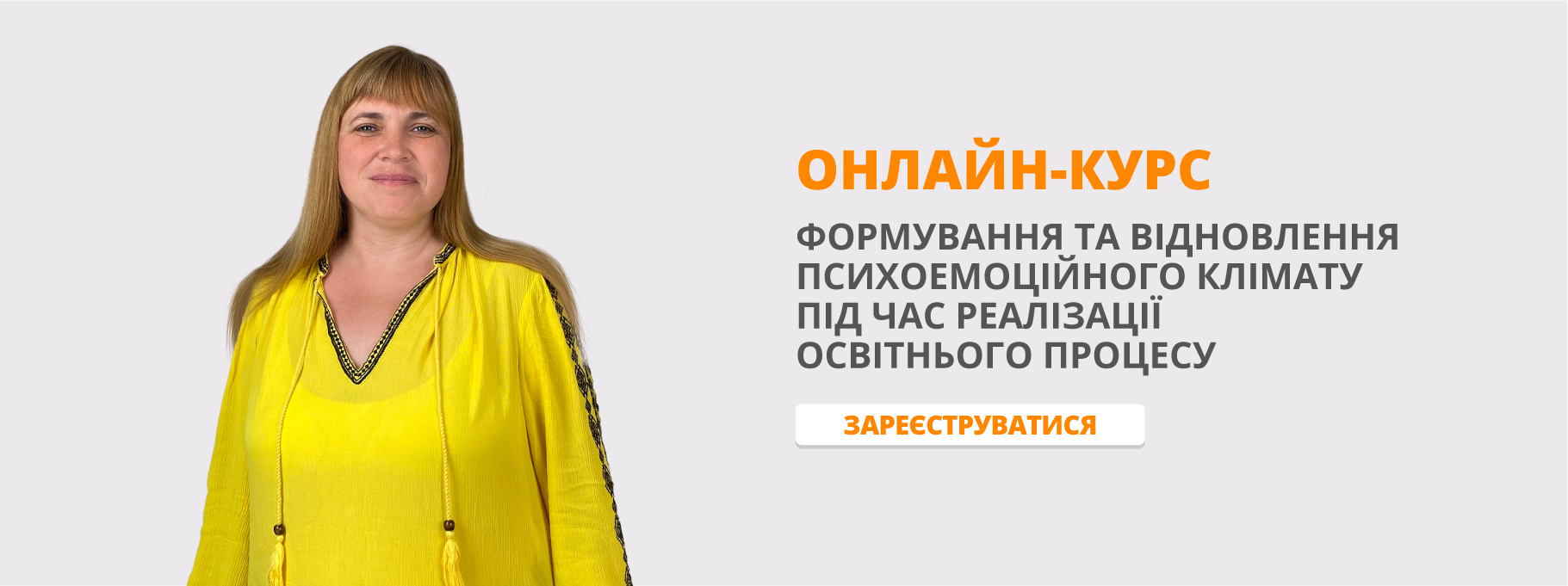Інтегрований урок з англійської мови та математики для 6 класу.
An integrated lesson of Maths and English for Year 6
Topic: “Mathematics in human history”.
Aims:
• To provide learners with some information about the development of mathematics during the history and about the most outstanding mathematicians
• To practise Present Simple tense
• To practise speaking, reading comprehension and listening skills
• To develop problem solving and mathematical skills
• To give learners an opportunity to do sums and solve some problems in English
• To promote group work and collaboration skills
Age/level
Secondary,Year 6,level A2
Materials and equipment:laptops,a TV set,cards with numbers,pictures dealing with mathematics.
Procedure
Lead-in(1 minute):ask the pupils to look at the pictures and try to guess the topic of the lesson.
Warm up(5 minutes)
1)Number song: https://www.youtube.com/watch?v=D0Ajq682yrA
2)Ask the pupils to count from 1 to 20.Then show the cards with numbers and ask the pupils to tell them.
Preparation for reading comprehension.(10 minutes)
1)Make the mind map. Write down what you usually do at Maths lessons(count,calculate,do the sums,solve the problems,learn fomalas,draw line segments,learn the shapes)
2) Divide the class into groups and ask them to tell what they usually do at the Maths lessons using this mind map.
Reading comprehension (10 minutes)
The text(can be printed or just shown on the laptop of each pupil)
The history of mathematics is nearly as old as humanity itself. Since antiquity, mathematics has been fundamental to advances in science, engineering, and philosophy. It has evolved from simple counting, measurement and calculation, and the systematic study of the shapes and motions of physical objects, through the application of abstraction, imagination and logic, to the broad, complex and often abstract discipline we know today. From the notched bones of early man to the mathematical advances of nowadays, the story of mathematics is a long and impressive one.
(The pupils read the text in groups and fill in the blanks with the missing words on the following card.)
The card
The history of mathematics is nearly_______________________________. Since antiquity, mathematics has been fundamental to_________________, engineering, and philosophy. It has ______________from simple_______________________, measurement and _________________, and the systematic study of the shapes and motions of physical objects, through the application of abstraction, ______________and logic, to the broad, complex and often _____________we know today. From the notched bones of early man to the __________________of nowadays, the story of ___________________is a long and impressive one.
When the pupils complete the card. They read the text aloud in turn.
Listening practice.(8 minutes)
Suggest the pupils to attend a virtual Maths lesson and brush up the rules of addition and substraction. https://www.youtube.com/watch?v=exsFIpQVNIw&t=2s
https://www.youtube.com/watch?v=0Wwdw68wOKI
Problem solving and doing sums.(10 minutes)
Each group gets the card with several mathematical tasks, they do them and explain how they are solving the problem or doing sums.
Card 1.
3+8= 20-9=
15-6= 17+2=
10+3= 14+5=
The problems
1)Mom baked 2 honey cakes for the Kid, Dad bought 4 more chocolate cakes. How many cakes did the kid have?
2)Carlson ate 6 cans of jam. He gave the kid 2 jars. How many cans of jam did Carlson have?
Card 2.
19-10= 20-15=
18+2= 16+1=
17-5= 7+4=
The problems
1)Freken Bock can eat 7 buns and Carlson 3 buns more. How many buns can Carlson eat?
2) Little Red Riding Hood carried 15 cakes. When she met Wolf in the woods she gave him 4 cakes. How many cakes did she bring to her grandmother?
You can make as many card with tasks as you like.
Feedback.(1 minute)


про публікацію авторської розробки
Додати розробку
